Raising the game: the architectural wonders of a master pieman
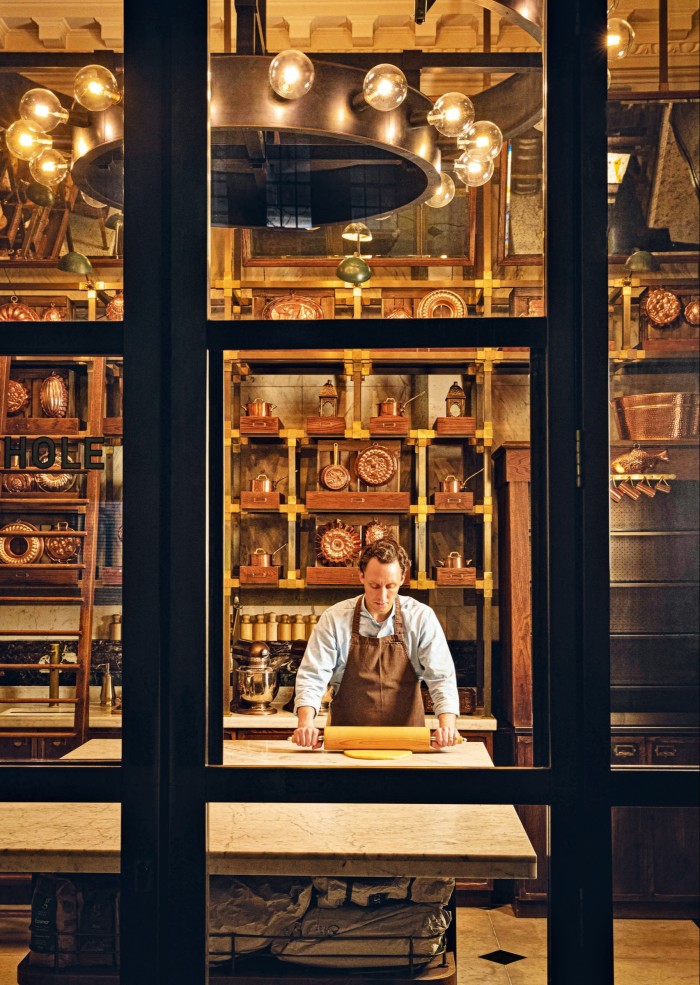
Roula Khalaf, Editor of the FT, selects her favourite stories in this weekly newsletter.
Calum Franklin, the executive head chef of London’s Holborn Dining Room, has turned British piemaking into an art form. He’s created domed pies with spiral scoring. Tiered pies with Corinthian columns. Rectangular pies with exquisite leaf-work. And myriad other designs that make pies and pâtés en croûte (raised pies) look like Escheresque optical illusions. His most gasp-inducing creations include a rabbit, bacon and pistachio “voodoo skull pie” shaped like a mask with florid detailing that brings to mind something Indiana Jones might unearth in a Mayan temple. And a “Pâté Philippe” en croûte that he once made with a carefully constructed boudin (sausage) running down the middle, so that when you cut into it, a clock face was revealed that showed the actual time. “I enjoy that side of things,” Franklin tells me, “having to work out the weird intricacies and engineering of a pie.”
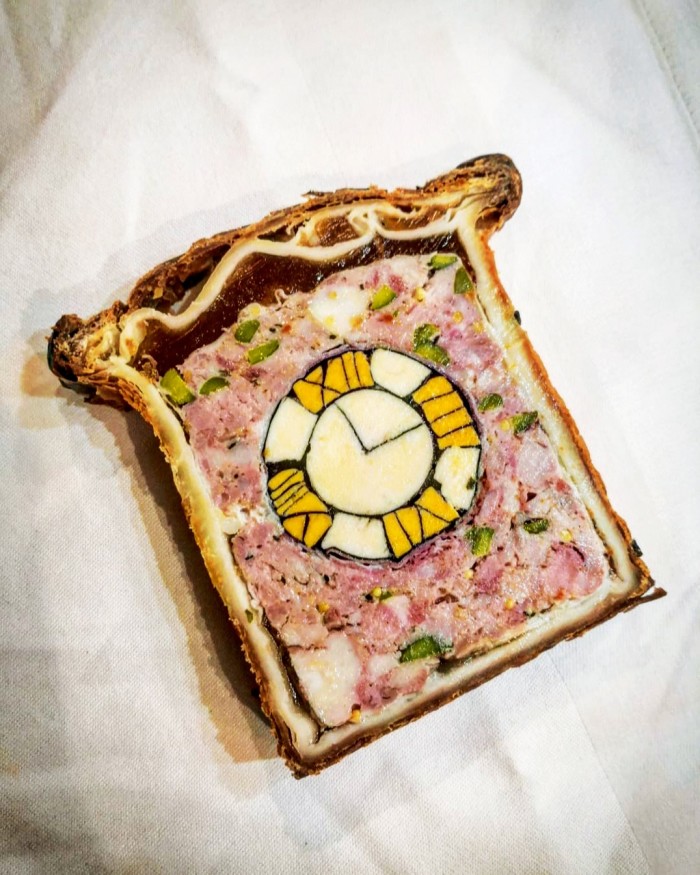
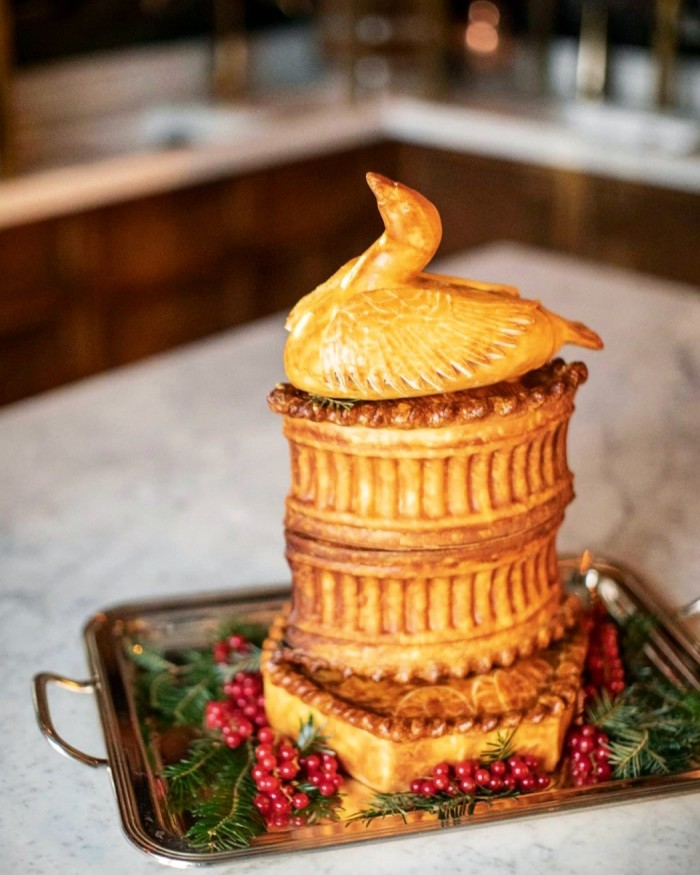
We are sitting in his professional man cave, The Pie Room, “a Victorian kitchen, that nestles like the smallest part at the heart of the Russian doll, in Holborn Dining Room”, as Franklin’s new cookbook describes it. Franklin designed the room himself. It shimmers with the glow of brass and copper pie moulds. This is where Franklin sketches his elaborate designs, many inspired by London buildings. “I hear chefs talk about the terroir of the land, about growing up picking elderberries as children,” says Franklin. “I grew up in central London. So how do I tie what I do to my background? How do we give a sense of place to our food? Through architecture.” The latticework on his first beef Wellington was inspired by the atrium roof at the British Museum. Another pie gave a nod to the art-deco glass dome at the near-demolished Whiteleys Shopping Centre in Bayswater.
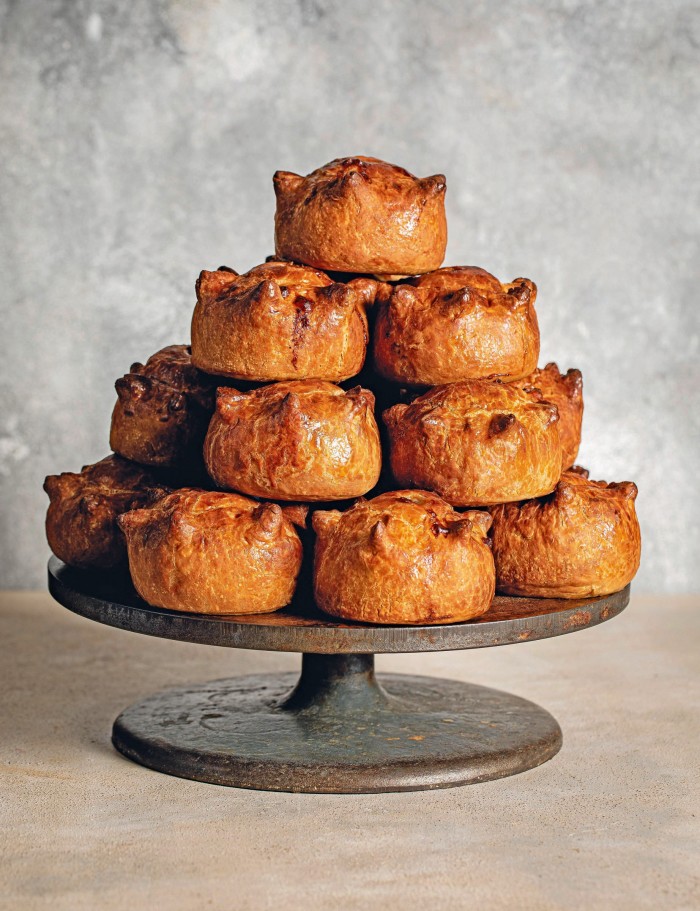
Of course, none of the surface decoration would mean much if the insides didn’t live up to expectation. That pleasure starts as soon as you cut into even the simplest of his pork pies and find the perfect mosaic of meat and other ingredients. The joy of pies, says Franklin, is that you get “magic moments”, such as when you top an apple pie with vanilla ice cream and cold meets hot on just-melting crunchy pastry; or when you dig into a steak and onion pie (Franklin’s favourite) and find “the soft meat and caramelised onions and gravy sticking to the crust”. This is comfort food at its finest.
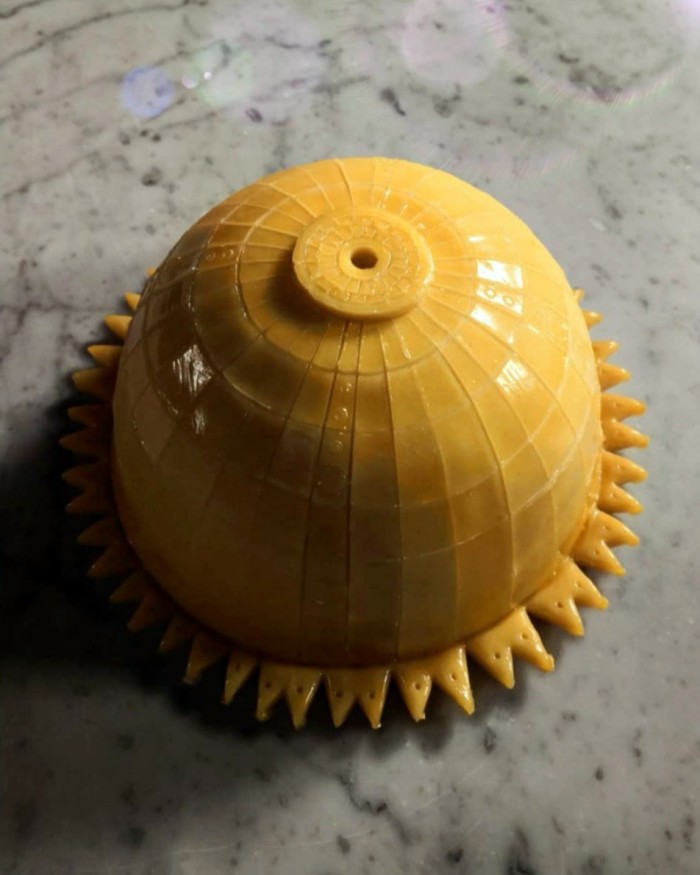
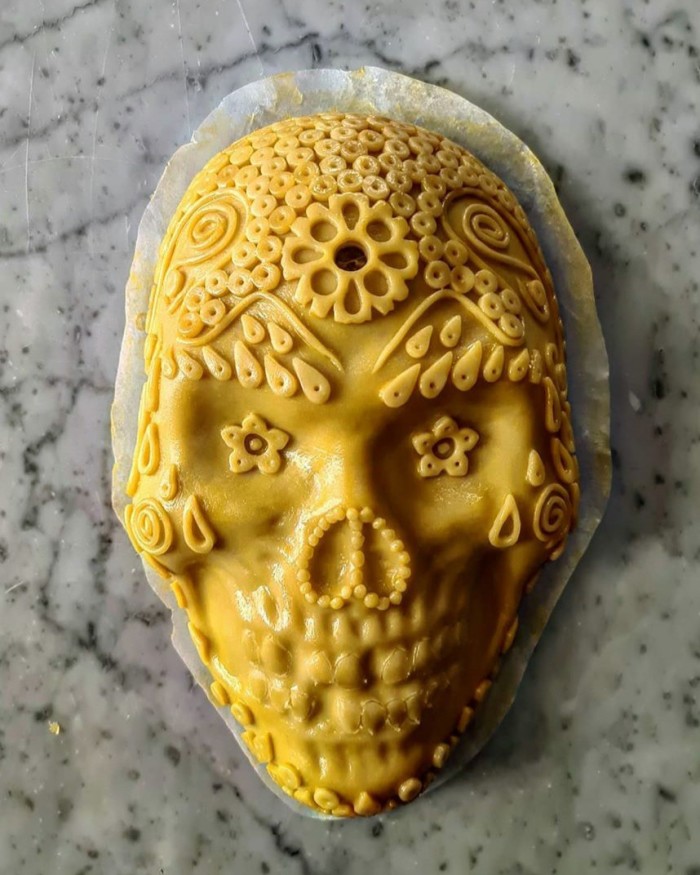
Given the high bar set by his own pie making, Franklin’s task in writing a cookbook has been to translate his recipes and techniques for the home cook. Although he offers detailed instructions on how to make every kind of dough, he concedes that shop-bought pastry will do. There are also handy tips, such as stowing your chopping board in the freezer to help keep the dough firm while you roll. But alongside the more basic pies and pasties (including a delicious-looking keema-spiced cottage pie), there are a few weekend projects that require real stamina. The recipe for beef Wellington spans two days. According to Franklin, this is the best way to achieve the necessary “wow-factor” (and why else make beef Wellington?) without having a meltdown. “If you cook it right, it’s something people will talk about for ages.”
Time to make a pie myself. Franklin has very kindly pre-rolled some shortcrust pastry and chilled the meat farce (pork shoulder and loin, chorizo, dried apricots, rosemary, thyme, ground black pepper and white mustard seeds) in a bowl-shaped mould. So all I have to do under his supervision is cut out two circles of pastry, one larger than the other, tip the dome-shaped filling onto the smaller one, egg-washing around the circumference. Then I lower the larger disc of pastry on top, smoothing out the creases and crimping the edges. Using a nifty rolling device, I cut out a lattice from another slab of pastry, carefully stretch it over the dome, apply more egg-wash and make a hole in the top to release the steam. Back at home, the pie goes into the oven, comes out an hour later and cools in the fridge overnight. The next day I pour warm roasted pork jelly into the hole, leaving the pie to cool (and the jelly to set) for another hour before it’s ready. The cut-through provides a suitably rewarding ta-da moment, exposing a semicircle of apricot-speckled meat and a gorgeous arc of jelly between the filling and the crust. With a dollop of Dijon grain mustard and a salad on the side, the pie tastes every bit as delicious as it looks.
The Pie Room: 80 Achievable and Show-Stopping Pies and Sides for Pie Lovers Everywhere by Calum Franklin is published by Bloomsbury at £26
Comments